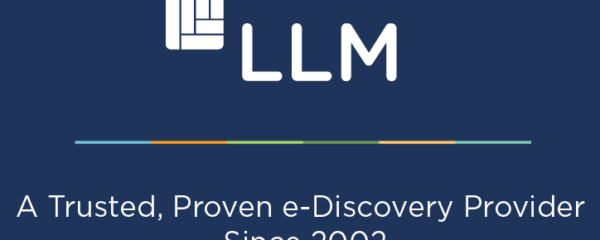New matter management and e-billing systems, legal operations and data analytics positions and more — legal departments have invested heavily in their in-house operations in order to keep up with the changing industry. But there’s more to improving in-house effectiveness than new systems and positions.
Abbott Martin, a legal research leader at Gartner, Inc., recently explored this topic in Corporate Counsel. He considered the four pillars of effectiveness — strategic alignment, productivity, quality of legal work and legal acumen — that support a legal department’s fundamental goals — executing business priorities and achieving business goals, enhancing strategic position and managing risk.
Per Martin, in Gartner’s experience working with companies, those legal departments that improve in-house effectiveness take consistent approaches within these four pillars.
In the first pillar, strategic alignment, there are two focuses: aligning legal department priorities with business client needs and agreeing on the legal department service portfolio. Per Martin:
“Department leaders should engage with business partners to understand the business strategy and translate business goals into the department objectives.”
A department seeking feedback on its capabilities and importance to the company’s success is essential, adds Martin. It’s also necessary, regarding the legal department service portfolio, that a department makes a client consider service costs and also declines requests that are of low value.
In the second pillar, productivity, Martin recommends codifying repeated activities with a flowchart or punch-list, enabling business ownership of issues to reduce the department’s involvement, creating tiered service levels and investing in knowledge management. He says:
“Good knowledge management is really about knowledge sharing, which takes effort. There’s no simple way to curate and share information, however new technology platforms can make sharing much more intuitive and easy to do, but an investment in knowledge management pays dividends.”
In the third pillar, quality of legal work, Martin recommends that departments gain an understanding of a client’s work quality priorities to help with future trade-offs, and that having “frank discussions” can help with department perception.
Finally, in the fourth pillar, legal acumen, a department can benefit by helping employees know when and how to seek legal advice. Building legal acumen involves training on the value of legal, establishing client accountability in risk management and encouraging managers to support their efforts as well.
Strengthening these pillars and ultimately supporting a department’s goals requires management prioritization and intentional client communications.






